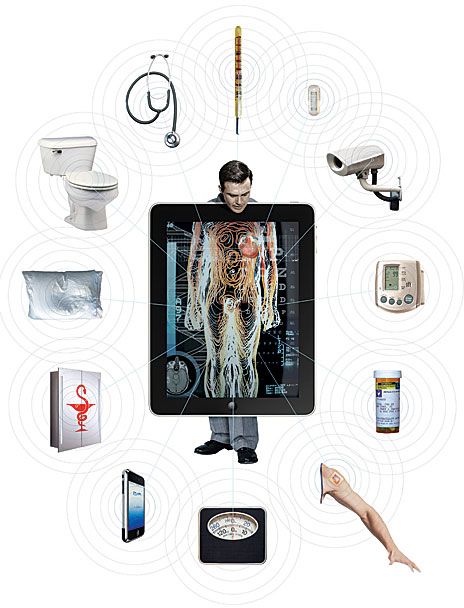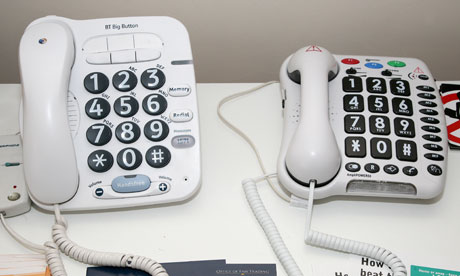Developing an IT ecosystem for health could improve—and transform—the practice of medicine
A special commission, the U.S. President's Council of Advisors on Science and Technology (PCAST), issued a report last December calling for the creation of an information technology infrastructure for health care in the U.S. Such an IT ecosystem starts with the widespread adoption of electronic health records. But it could go beyond that to devices that collect data about how people live their lives or offer them feedback for making healthy choices. It could include individual databases that gather information relevant to health from a wide variety of sources, and collections of aggregated, anonymized data to aid public-health decisions or supplement clinical trials.
At-Home Monitoring
Health records could also be fed by devices that collect information about people as they go about their lives. The U.S. Veterans Administration (VA) system already uses the Health Buddy, an electronic device that plugs into a home phone line or Ethernet socket. Each day patients answer a series of questions tailored to their particular medical conditions, asking, for example, whether they have taken their medications or about their glucose levels. Answers are sent to the VA and flagged if they show warning signs.
"Versions of that will be in every home, or at least every home where there's a health condition that could be supported by that," says Molly Joel Coye, head of the UCLA Innovates Healthcare initiative at the University of California, Los Angeles. "We will know what your blood pressure is every morning at 8 o'clock, or how it varies during the day, instead of every six or eight months when you go to the doctor."
Such increased monitoring could catch potential problems earlier, perhaps leading to more effective treatment or outright prevention of some conditions. It could also reduce costs. The VA estimates its in-home monitoring saves thousands of dollars per patient by reducing doctors' visits and nursing home care.
Full text at:



























